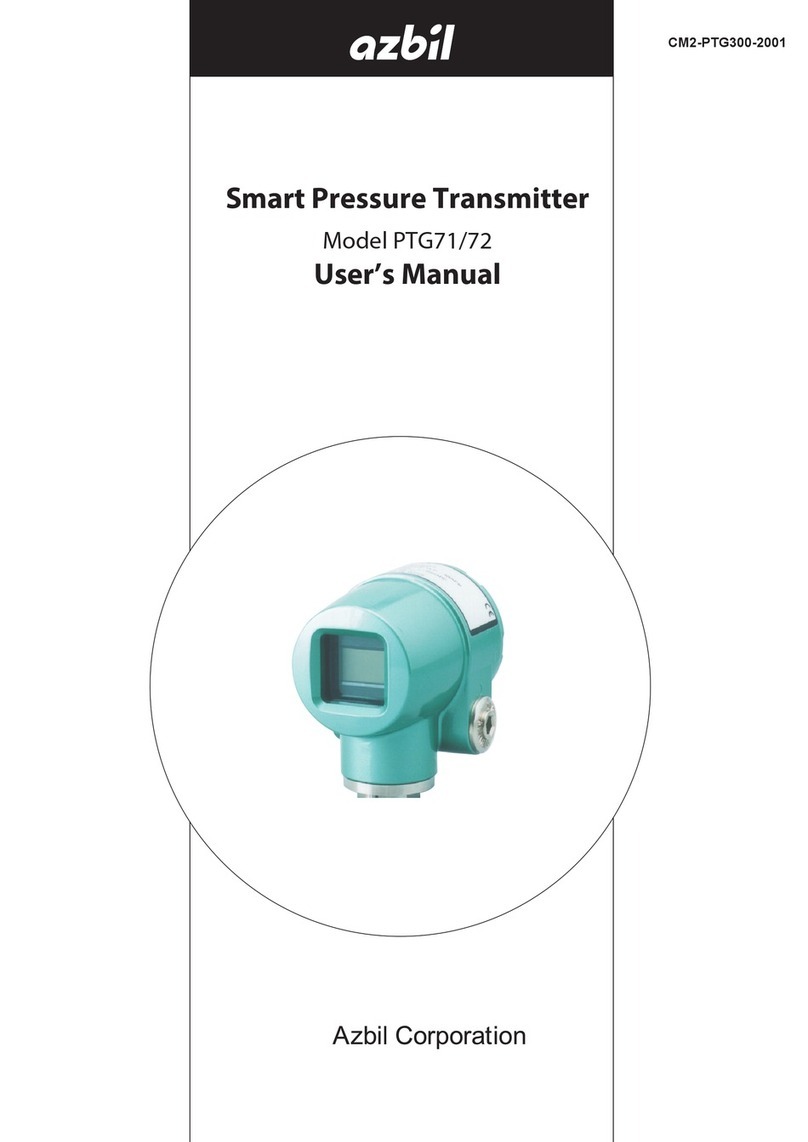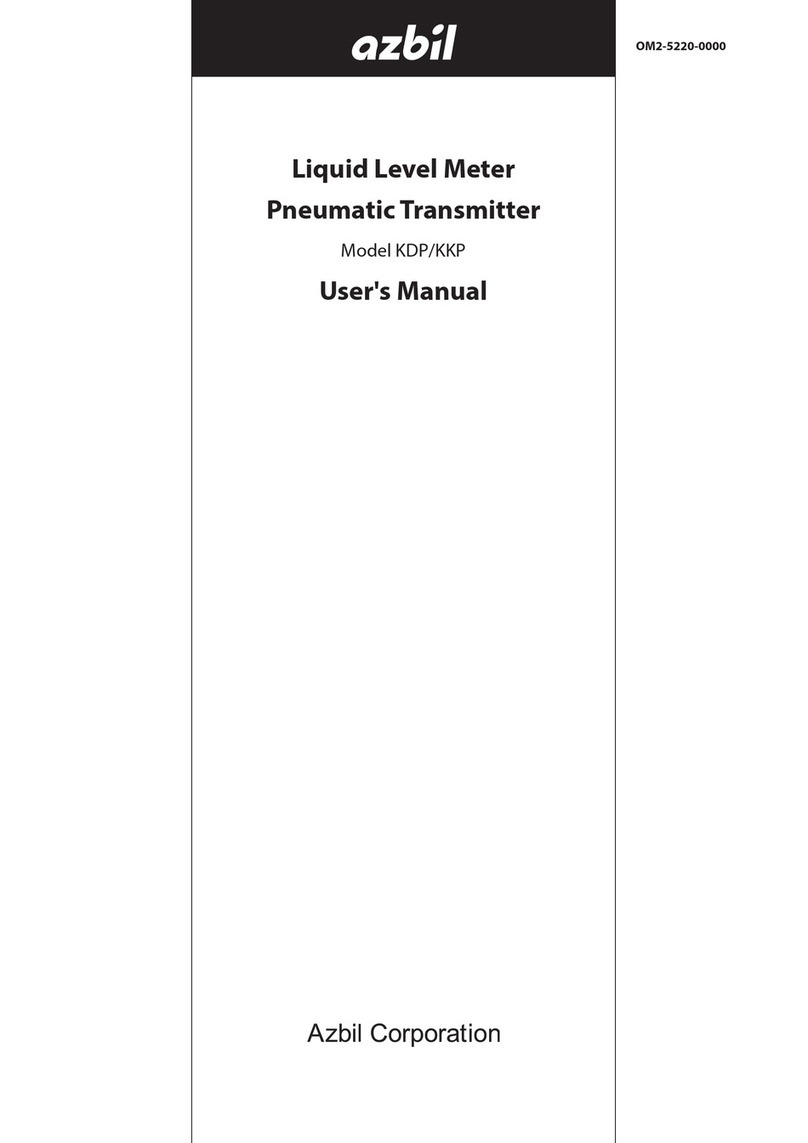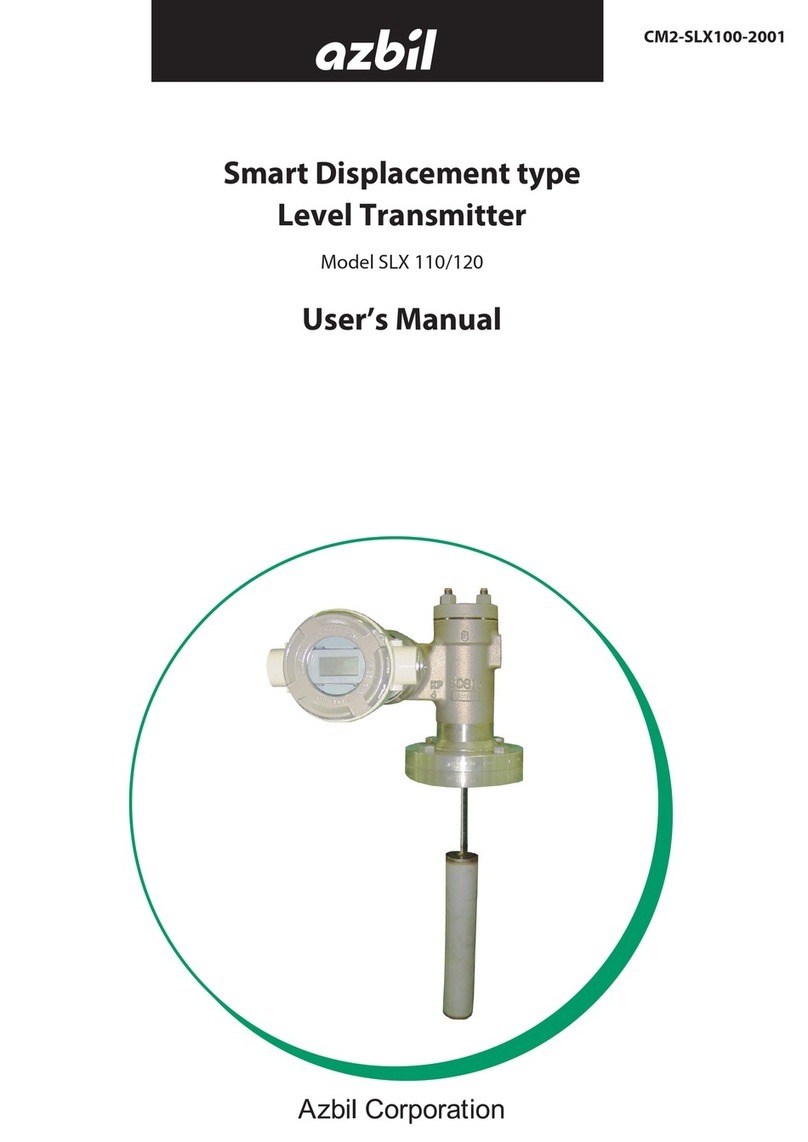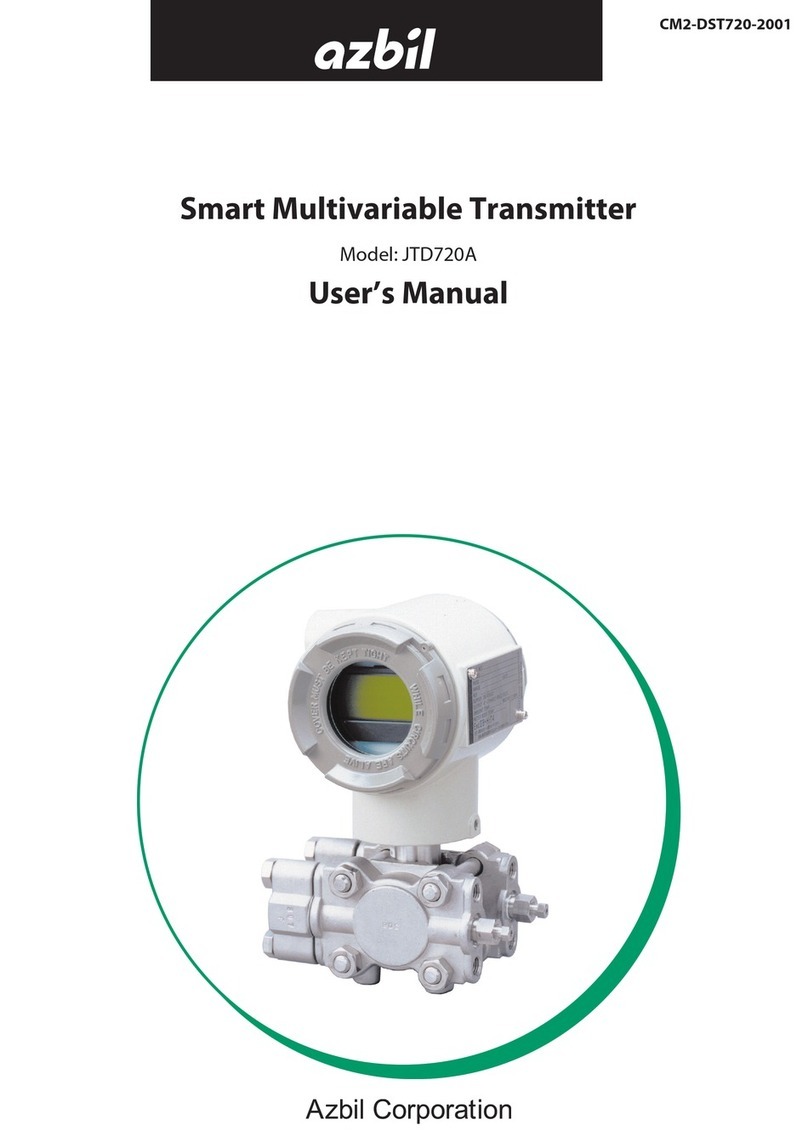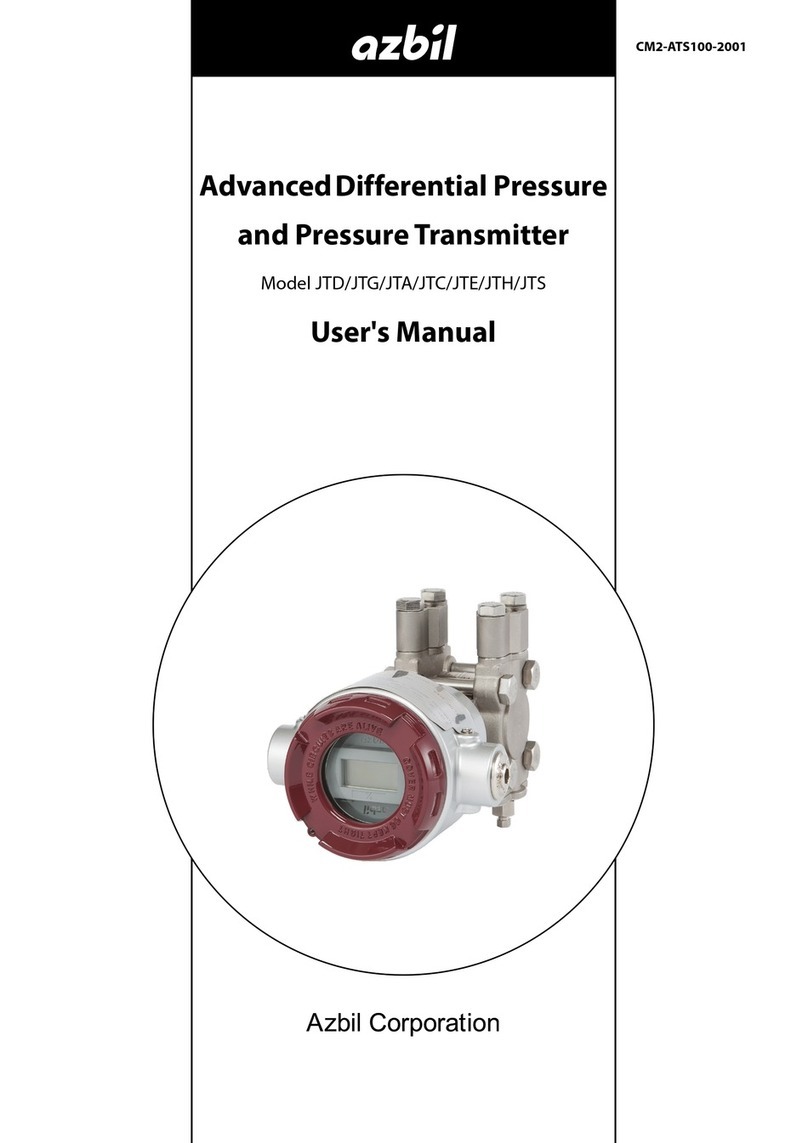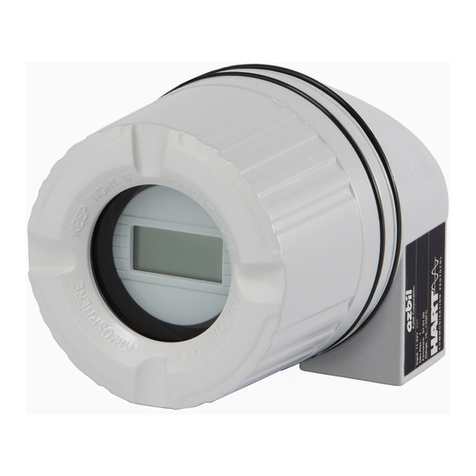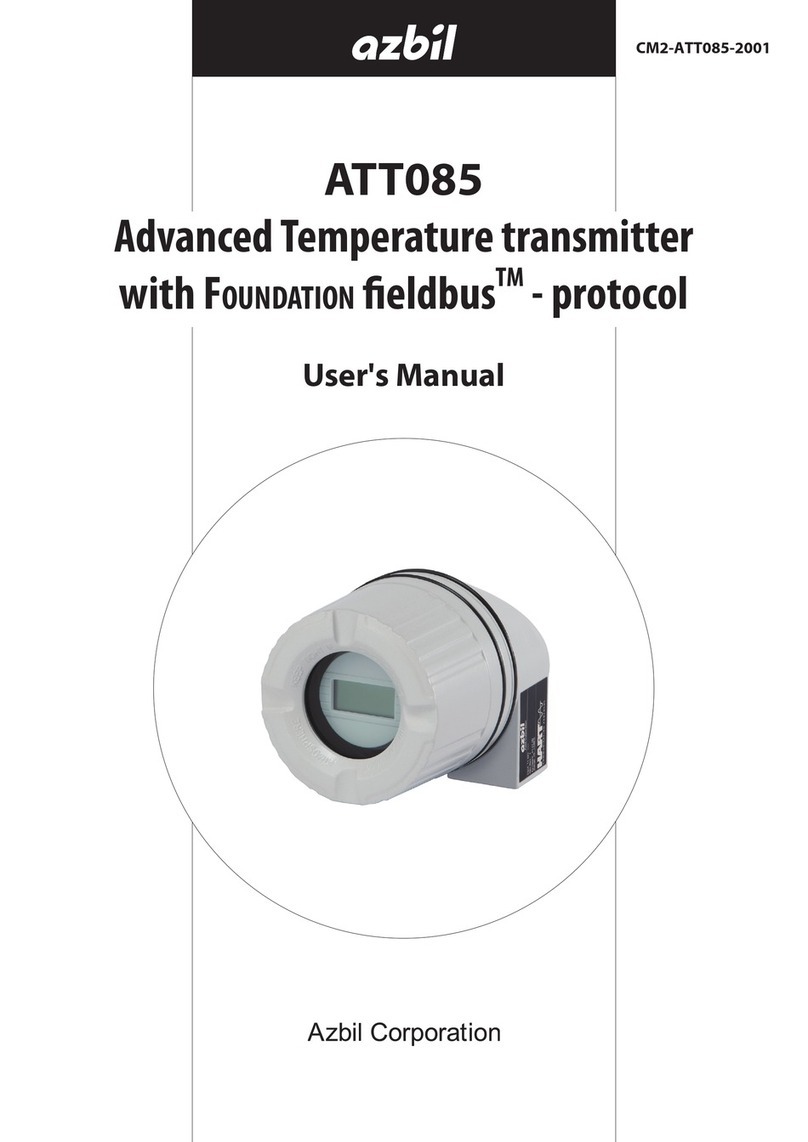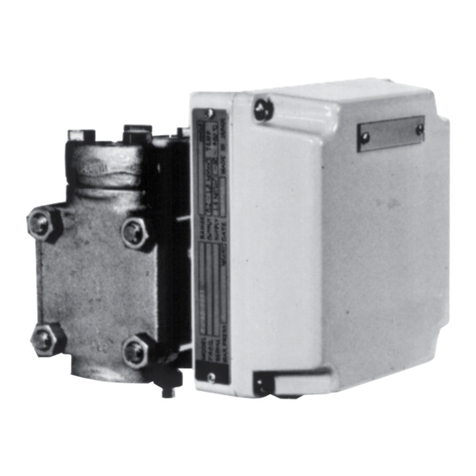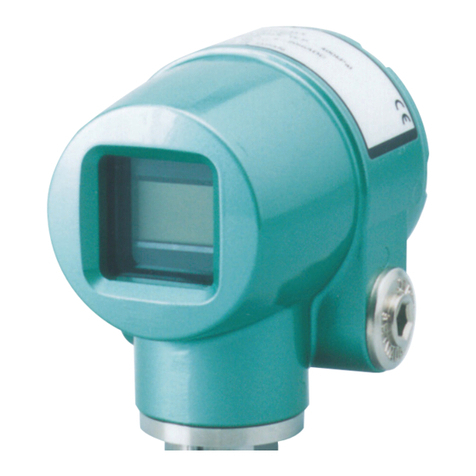
v
Table of Contents
1. Introduction ...........................................................1-1
1.1 System configuration ..............................................................1-1
1.2 F Fieldbus .............................................................1-2
1.3 Main components.................................................................1-4
1.4 Local user interface ...............................................................1-5
2. Overview of MagneW PLUS+ Foundation Fieldbus .........................2-1
2.1 Overview ........................................................................2-1
2.2 Structure of MagneW PLUS+ F Fieldbus.....................................2-1
2.2.1 System/network Management VFD............................................2-1
2.2.2 Function Block VFD ........................................................2-2
2.2.3 Function block .............................................................2-2
2.2.4 Transducer Block ...........................................................2-2
2.3 VFD/Object correlation diagram ....................................................2-3
2.4 Wiring .........................................................................2-4
2.5 Others .........................................................................2-5
3. Installation ............................................................3-1
3.1 Before installing electromagnetic flowmeter ..........................................3-2
3.2 Installation of transmitter ..........................................................3-3
4. Startup and Shutoff ....................................................4-1
4.1 Startup .........................................................................4-1
4.2 Steps before measurement..........................................................4-2
4.3 Shutoff .........................................................................4-5
5. Basic Settings by Fieldbus Communication...............................5-1
5.1 Fieldbus communication menu .....................................................5-2
5.2 Zero adjustment ..................................................................5-3
5.3 Basic settings .....................................................................5-4
6. Maintenance and Troubleshooting ......................................6-1
6.1 Troubleshooting ..................................................................6-1
6.2 Input of simulated signals from calibrator ............................................6-6
6.3 Measurement of excitation current ..................................................6-7
Appendix A. View List.................................................... A-1
Appendix B. Parameter List .............................................. B-1
Appendix C. Menu Configuration ..........................................C-1
